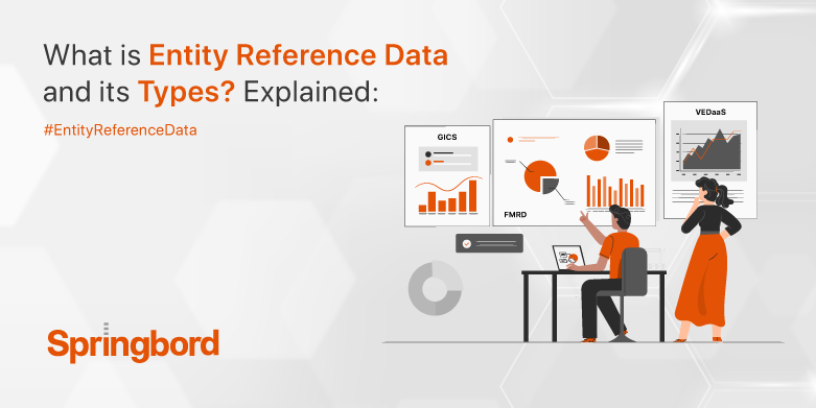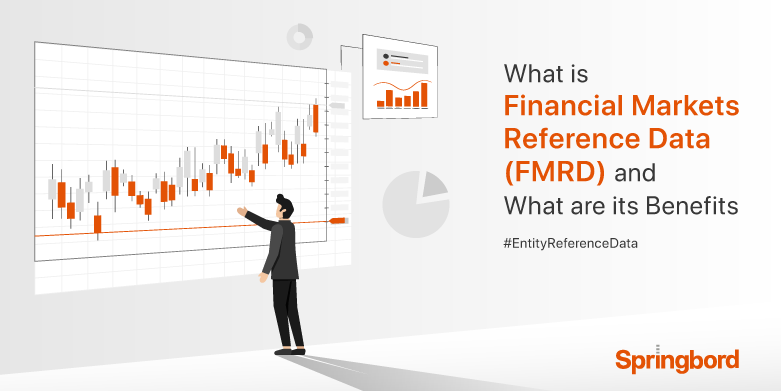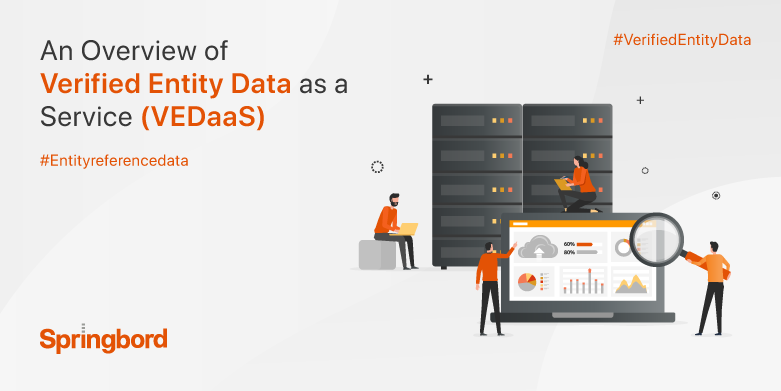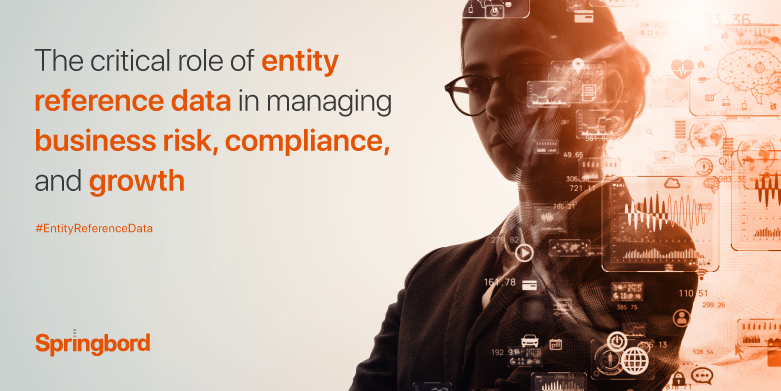 Read time 2 min
Read time 2 minStatic and dynamic data that classifies and describes the individual attribute of financial instruments is termed entity reference data. It is vital in evaluating the risk involved, the performance of your business, finding corporate and capital structure, etc. Accurate and precise entity reference data will help in every financial operation.
Not that we have learned what entity reference data is. Let us next discuss its types in detail. There are several types of entity reference data. But we shall talk about the common ones that are widely used.
Organization Entity Data
In simple terms, organization entity data provides you with the information needed to find, describe, and link any organization. It gives all the necessary information starting from the organization, asset, and ownership details to documents, financial instruments, linked organizations, and regulators. In addition to this, Organization Authority (OA) database provides a consistent and accurate single organization entity record of products. With these records at disposal, one will be able to identify issuer information and links associated with it across all financial instruments.
Financial Markets Reference Data (FMRD)
Financial Markets Reference Data, commonly known as FMRD, provides extensive reference data information at the venue level. This reference data type allows you to view the hierarchy, submarkets, contributors, and regulatory details, in addition to market events and price ladders. Here, market events simply mean trading sessions like regular, auction, pre-open, holidays, and post-close (full day and partial day closure), while price ladders offer ladder details such as tick size and lot size.
This service provides two packages, and they are explained below:
1. Standard, which is the basic package, contains financial markets’ reference data. You can find information like descriptions, identifiers, regulatory flags, and other linked data. Settlement organizations are the best example of FMRD.
2. In the Premium package, you can find information on holidays, trading sessions, and tick-size ladders.
Verified Entity Data as a Service (VEDaaS)
Managed Data Service (MDS) is a predefined list of reference data attributes that belong to the legal entity. These data attributes are handled and maintained in the central VEDaaS database. The VEDaaS database encompasses clients’ legal entities. VEDaaS can be mapped to client-unique entity identifiers, which helps in the processing and down-streaming of content.
Global Industry Classification Standard (GICS)
Global Industry Classification Standard is the common classification standard that is widely used. Hundreds and thousands of market people across investment groups like institutional and retail brokers, custodians, asset managers, consultants, research teams, and stock exchanges use this entity reference data type. This type of reference data is four-tiered, and the classification is as follows. The system comprises 11 sectors, 24 industry groups, 69 industries, and 158 sub-industries.
This classification standard acts as an industry analytical framework for asset allocation, investment research, and portfolio management. Developed by MSCI and S&P Dow Jones Indices, the GICS Direct database tells the breadth, depth, and evolution of industry sectors with the help of a tool.
Conclusion
Faulty entity reference data can prove to be a costly affair for your business. It can even retard growth and affect business operations. Therefore, to effectively handle reference data, it is best to outsource to an agency that can help improve your performance. We at Springbord offer data management solutions that meet your requirements and fit your budget. Talk to us today to know how we can help your business grow.







